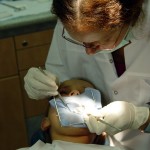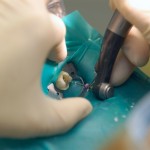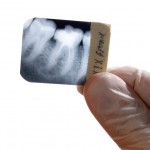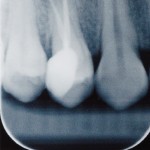
Topics covered in our most popular blogs in the first quarter of the 2023. included , selective caries removal, root canal dressings and pain management following dental extractions
[read the full story...]
Topics covered in our most popular blogs in the first quarter of the 2023. included , selective caries removal, root canal dressings and pain management following dental extractions
[read the full story...]
This review of the efficacy of adjunctive photodynamic therapy (aPDT) on reducing bacterial load in the primary endodontic treatment of teeth with chronic apical periodontitis included 8 studies. While the findings suggest a benefit from aPDT the limited number and quality of the availabel studies mean the findings should be interpreted cautiously.
[read the full story...]
In this blog Thibault Collloc looks at a review of is the effectiveness of instrumentation and irrigation with NaOCl and EDTA compared to any other root canal irrigant. The review was one of a number undertaken to inform guidelines for the European Society of Endodontics.
[read the full story...]
In this blog Thibault Colloc looks at a review of comparing the effectiveness of contemporary root canal instrumentation compared with conventional stainless-steel instruments in terms of clinical and patient-related outcomes. The review includes 9 studies (6 RCTs and 3 retrospective clinical studies) and was one of a series designed to inform guidelines for the European Society of Endodontics.
[read the full story...]
This review of prevalence of root filled teeth in the adult population worldwide included 76 observational studies. The findings suggest that 8.2% (95%CI; 7.3% to 9.1%) of teeth has been root filled and that 55.7% (95%CI; 49.6% to 61.8%) of people had at least one tooth root filled.
[read the full story...]
Thiis review of the outcomes of primary root canal treatment (RoCT) in studies published since 2003 included 42 studies (15 RCTs, 14 prospective cohorts and 13 retrospective studies. While pooled success rates were high the quality of the included studies was limited and the studies were conducted in an academic or private practice environment.
[read the full story...]
This review of the effect of intracanal cryotherapy in reducing postoperative pain after instrumentation or obturation in root canal treatment included 8 RCTs. The findings suggest that suggests that intracanal cryotherapy in the form of cold saline irrigation as the final irrigant significantly reduces pain between 6 and 24 hours after root canal therapy.
[read the full story...]
This review of the effect of occlusal reduction on post-operative pain following root canal treatment included 7 RCTs. While the findings suggest that occlusal reduction may reduce post endodontic pain the quality of the available evidence is very low so teh findings should be viewed cautiously.
[read the full story...]
This new guideline from the American Dental Association is about the the appropriate use of systemic antibiotics for the urgent management of symptomatic irreversible pulpitis with or without symptomatic apical pulpitis, pulp necrosis and symptomatic apical periodontitis and pulp necrosis and localized acute apical abscess.
[read the full story...]
Only 2 RCTs are included in this Cochrane review update of the effects of systemic antibiotics on adults with symptomatic apical periodontitis or acute apical abscess providing insufficient evidence of effectiveness.
[read the full story...]